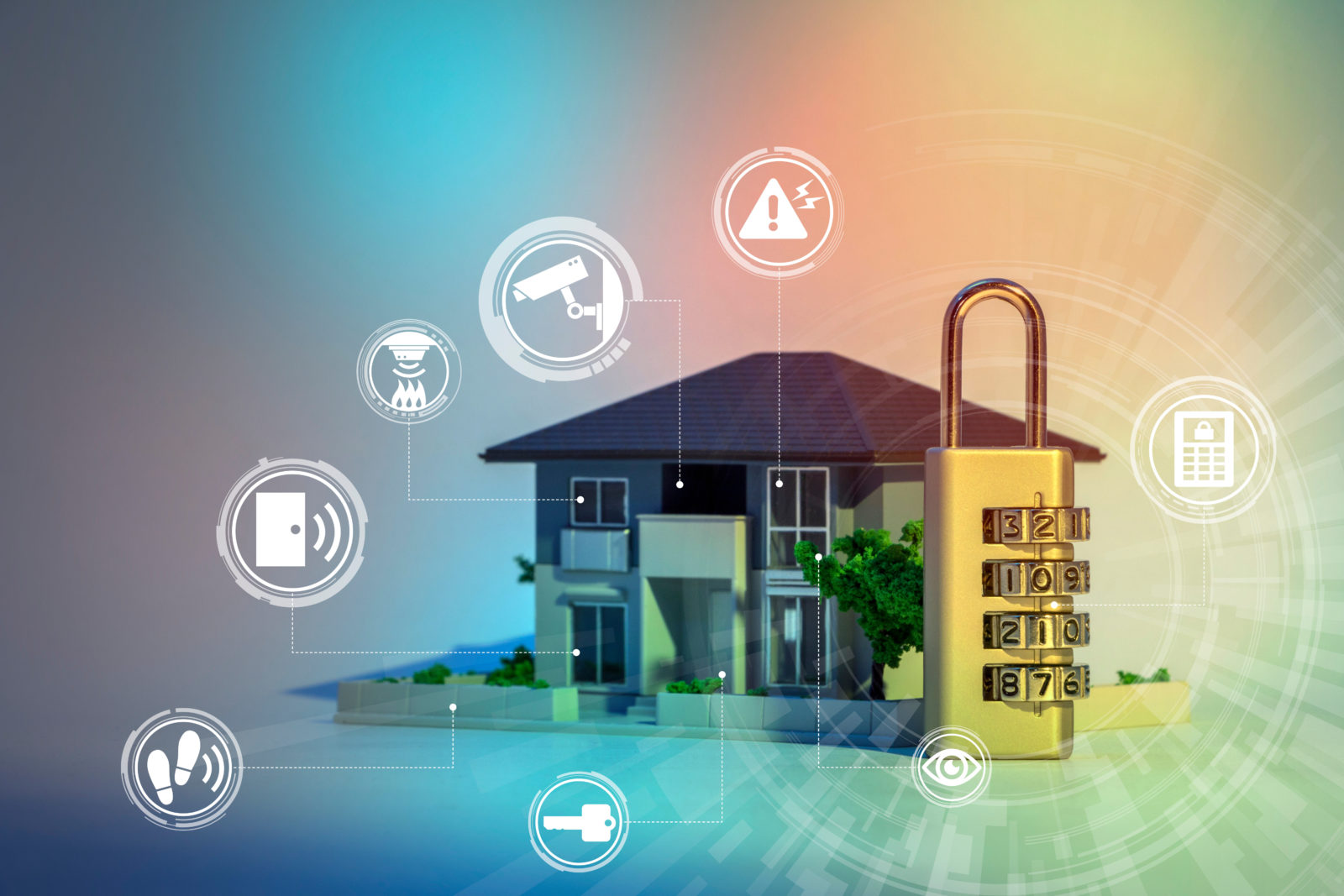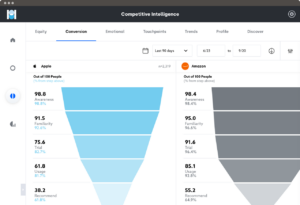Brief • 2 min Read

A pandemic, social unrest, war in Europe, an unpredictable market, and sky-high inflation. The last two years have been anything but predictable. During this period of uncertainty, homeowners have turned to home security systems to find much needed stability.
At a time when so many things feel outside our control, it’s a natural impulse to protect our families and property. Even installing a do-it-yourself (DIY) security system allows families to feel more on top of their loved ones’ health and safety.
Want to read more about emerging trends in the electronics industry? Check out our Electronics & Video Games: An Industry Snapshot report for more insights and brand rankings.
Two DIY home security systems made our list of the top five growth brands from Q4 2021 to Q1 2022 according to QuestBrand data. SimpliSafe (+2.4) and Ring (+1.8) ranked second and fifth respectively by brand equity growth across electronics brands.
SimpliSafe offers a range of cameras and sensors to protect against intruders, fires, floods, and other catastrophes. If a threat is detected, SimpliSafe’s monitoring specialists provide emergency personnel with video evidence to move their customers’ issues up in the dispatch hierarchy. Their entire system can be setup and operational within thirty minutes. CNET has named SimpliSafe the best DIY alarm in both 2020 and 2021.
Ring (a subsidiary of Amazon) started off as a video doorbell, and has since expanded its offerings to include security cameras, smart lighting, and other security accessories.
When looking at SimpliSafe and Ring’s four components of brand equity, both companies saw increases across the board. SimpliSafe saw the greatest increase in perceived brand quality (+4.1). Ring saw the most lift in product purchase consideration (+3.0).
In prior decades, if homeowners wanted a security system, it required expensive equipment, professional installation, and high on-going monthly surveillance fees. DIY home security system installation became possible once Wi-Fi and Bluetooth technology became mainstream, making it nonessential for homeowners to install hardwire security systems. This move greatly lowered the barrier to entry, and home security systems became more affordable. The lower price of these DIY systems appear to be even more of a bargain when compared to the average cost of value lost per burglary, $2,661 in 2019.
Portable security systems have also allowed renters to enter the home security market, since the equipment is not permanently tied to a single location. According to 2019 Census Bureau estimates, renters make up about 36% of US households, a significant number of now potential customers for DIY home security systems.
Home security systems work as both an alert to homeowners, and as a deterrent to would-be thieves. The University of North Carolina at Charlotte’s Department of Criminal Justice and Criminology conducted a study among incarcerated burglars. More than 80% of incarcerated burglars agreed that they look for sings of an alarm before they enter a house. More than half of burglars said that they would give up on robbing a house if they saw signs that an alarm was present.
Already a blossoming market, home security systems are expected to continue expanding in the next five years. In 2022, the market stands at $56.9 billion, but by 2027, it is projected to reach $84.4 billion. If the projections match reality, we may see these DIY brands' equity continue to climb in the months ahead.
Subscribe for more Insights
Subscribe to our newsletter for the latest trends in business, politics, culture, and more.

Related Content









